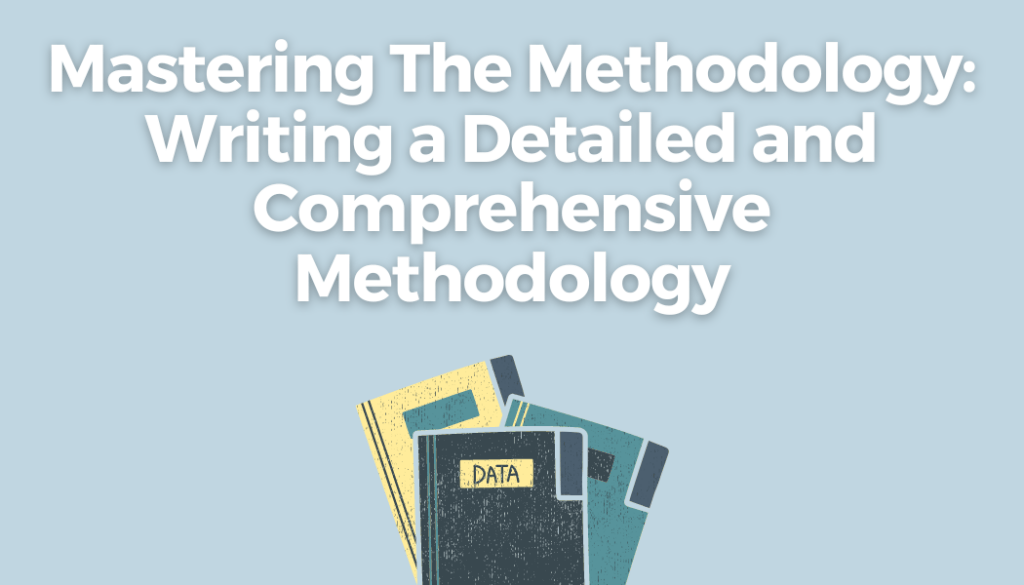Mastering the Methodology: Writing a Detailed and Comprehensive Methodology Section
The methodology section of a dissertation is one of the most important components. It outlines the research design, methods, and procedures used to conduct the study. A well-written methodology section not only demonstrates the rigor and credibility of the research. But it also provides a clear roadmap for the replication of the study. Here are some tips for doctoral students on how to write a detailed and comprehensive methodology section in their dissertations.
Methods
First, it is important to be clear and specific in describing the research design. This includes outlining the type of study (e.g. qualitative, quantitative, mixed-methods), the sampling techniques used, and the data collection methods. It’s also important to provide a justification for the chosen methods. Explain how the methods align with the research questions and objectives, and describe any potential limitations of the methods.
Procedures
Next, provide a detailed description of the procedures used in the study. This includes a step-by-step account of the data collection and analysis process, including any specific instruments or tools used. It’s important to be transparent and clear in describing the procedures, as this allows for replication of the study.
Ethics
It’s also important to include a discussion of the research ethics and any ethical considerations that were taken into account during the study. This includes the informed consent process, protection of participant confidentiality and privacy, and any potential risks or benefits to the participants.
Limitations
Finally, it’s important to provide a critical evaluation of the methods used in the study. This includes addressing any limitations or challenges that were encountered during the research and discussing how these may have affected the results.
Conclusion
In conclusion, the methodology section is a crucial component of the dissertation. It provides a detailed account of the research design, methods, and procedures used in the study. By being clear and specific in describing the research design, providing a detailed description of the procedures, discussing ethical considerations, and evaluating the methods used, doctoral students can write a detailed and comprehensive methodology section that demonstrates the rigor and credibility of their research and allows for replication of the study. It is important to note that the methodology section should be written in a way that is easy to understand and follow, it should be clear and concise. It’s always a good idea to get a second opinion on the methodology section, either from your advisor or a peer, to ensure that it is clear, accurate, and complete.
Additional Resources
General Tips to Fast-Track Methodology
What is Dissertation Methodology?
Methods Section: Chapter Three

We work with graduate students every day and know what it takes to get your research approved.
- Address committee feedback
- Roadmap to completion
- Understand your needs and timeframe
